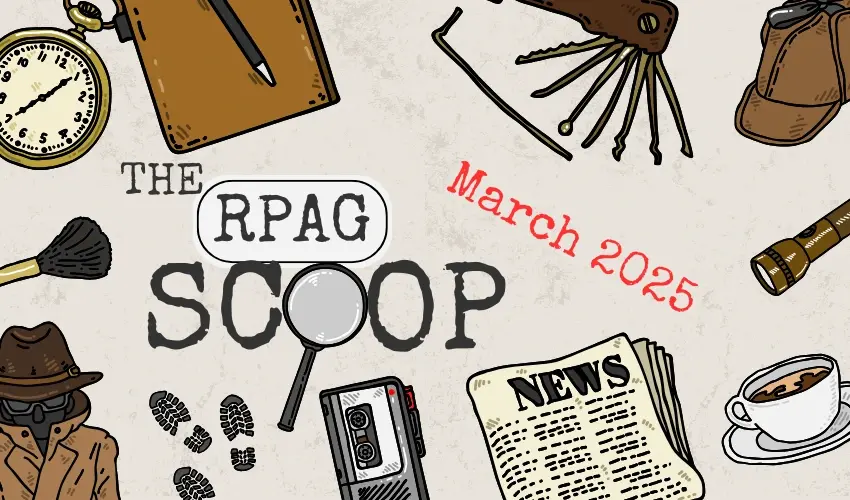Managed Accounts Offer a More Personalized Approach
.webp)
Target-date funds have long played a vital role in giving American workers access to professional help when establishing and maintaining a diversified investment portfolio. However, the glide paths — the balance of stocks, bonds, and cash — that serve as the foundation for these platforms has traditionally been based on a single consideration: the participant’s projected date of retirement.
To be fair, target-date funds have played an important role in helping millions of novice (and even expert, but busy) retirement plan savers invest in broadly diversified portfolios overseen and rebalanced on a regular basis by professional investment managers. But the allocation of those investments between investment classes — the glide path — is still often based on that one demographic factor. Still, it’s no more precise than a broad five- or 10-year time frame that approximates a traditional retirement age — which may, or may not, apply.
That means, of course, that those investment allocations can be oblivious to key demographic considerations like gender (women tend to live longer), marital status (ditto married individuals), race, and health, as well as investment risk appetite and other means of retirement income support. In short, they can overlook the kind of things that would be considered if there were an opportunity to sit down in a one-on-one conversation with a financial advisor.
Enter managed accounts — a solution that considers an expanded array of personal considerations like those noted above. These accounts craft a more relevant, personalized portfolio based on individual variables that can have a huge impact on how a retirement investment portfolio is designed. Traditionally, this was done via a one-on-one interview with an individual. But these days much of this data can be found in payroll systems and/or may already be maintained in recordkeeping platforms — or fields present in standard wealth management programs.
The Potential Impact
A Morningstar study found that after using managed accounts, 72% of participants who were off-track in saving for retirement increased their savings rates. At median, this represents a 33% jump from what they were contributing previously, or about 2% of their salaries on average. Additionally, a larger number of off-track participants (12%) started contributing enough to receive the full employer match.
The study also found that after using managed accounts, participants’ assets were placed into portfolios that were more risk-appropriate. Moreover, the researchers noted “improved expected annual returns both in nominal and risk-adjusted terms.”
The Bottom Line
Managed accounts can provide retirement savers with a more personalized asset allocation — but not every managed account platform provides the same depth and level of customization. Additionally, that level of personalization comes at a price. Plan fiduciaries should carefully consider the cost, quality, and composition of those designs. They should also document how and why services were evaluated, selected, deemed necessary — as well as compensated — when adding a managed account option to their lineup.
Sources:- https://www.nytimes.com/2025/02/25/well/longevity-women-versus-men.html
- https://fortune.com/2023/01/13/why-are-married-men-healthier-on-average-women-gender-research/
- https://www.morningstar.com/lp/impact-of-managed-accounts-2022update
________________________________________
Looking for more information?
Contact the RPAG Support Team at support@rpag.com to learn more about RPAG and get help with our platform, suite of services, next-gen technology, or anything else!



